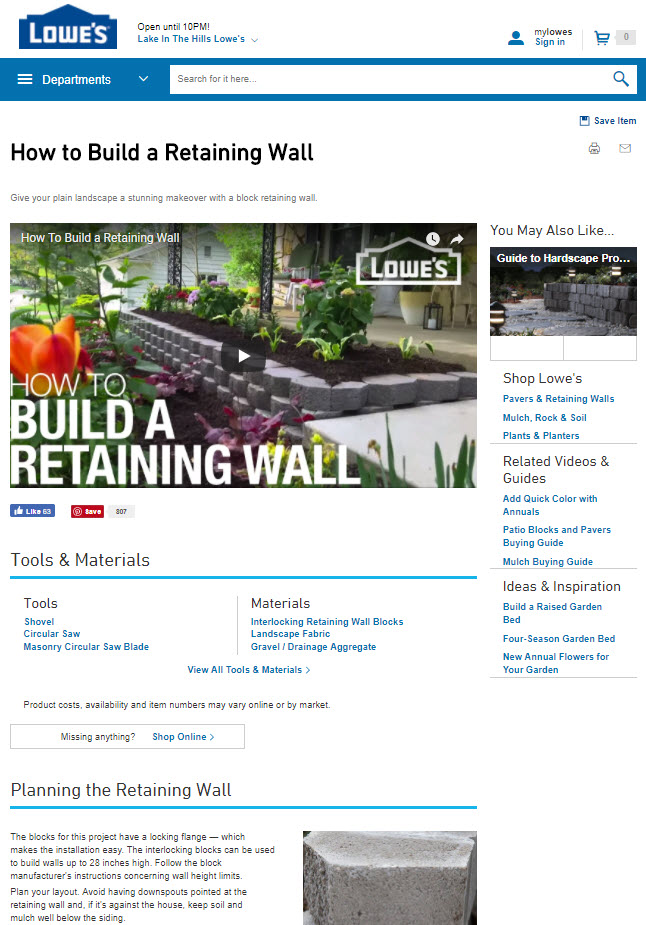Search engine optimization professionals often consider their job done after the click is won from the search result page. That’s when user experience and conversion rate optimization take over. But if it affects revenue, SEO should address conversion aspects, too.
What Is Conversion Rate Optimization?
How do visitors navigate through your site when they enter via natural search? What are their motivations and how are they looking to consume information? Are they looking for information differently than those who enter via other channels? What next steps do they want to take?
All of these questions, and others like them, address how to convert shoppers when they enter via natural search — to prompt them to take a desired action on your site other than just clicking to the next page or leaving the site.
Every page is a potential landing page, but not every page is ready to convert information seekers into customers. Article content is one of the primary drivers of visits, and those visitors are notoriously hard to convert without sounding disingenuous. But there’s usually a way.
For example, someone searching for information on how to build a retaining wall — there are about 6,600 of those searches in an average month, according to Google’s Keyword Planner — may not seem like a prime candidate for an ecommerce sale. But Lowe’s uses a tools-and-materials shopping list (below) with links to category grid pages to help information seekers purchase the products they need to complete the project. It’s a helpful way to prompt the transition from information to ecommerce that doesn’t feel like a bait and switch to the consumer.

Lowe’s seeks to convert information seekers using shopping lists.
Sales are not the only immediate conversion opportunity. You may also be tracking email signups, creation of new accounts, reservations in-store, saving recipes or articles to a favorites list, and other actions. Each of these will have its own set of conversion paths and its own opportunities for CRO.
CRO Overlooked?
Pouring shoppers, who are often new visitors, from natural search into the top of the marketing funnel gets more people to a site.
Converting those visitors into customers is a harder task for many SEO professionals because it lies outside the core skill set of optimizing for search rankings — i.e., sending signals to search engines regarding pages’ relevance and authority to rank.
Part of SEO has always been targeting the right prospects by analyzing the types of things people search for and then discerning intent. We can infer that people searching for “rings,” for example, might be dreaming about the jewelry they want to own someday. But people searching for “rose gold pear shaped diamond engagement ring” are probably a lot closer to making a purchase based on the specificity of their search phrase.
We want to get our brands in front of the dreamers, but we need to land the shoppers on the right page that contains the right products for their very specific search query. That’s a solid part of SEO, because it speaks to capture that searcher directly from the search results page.
What happens next is the CRO step. It should also be part of SEO because it impacts revenue from that channel. And revenue should be included in every ecommerce SEO goal. Revenue keeps the lights on and pays the bills. Revenue keeps your boss up at night. Therefore it’s your most important SEO key performance indicator. Ecommerce merchants should be doing everything in their power to improve it.
If your company doesn’t have the budget for or expertise in CRO, start with the person responsible for user experience. She typically owns the kinds of A/B testing and surveying and other methods of determining what shoppers want and how they want it. Start with an analysis of conversion data from your existing natural search entry pages.
Even if you can test conversions from SEO efforts, work with your user experience colleague so the tests don’t invalidate each other. Work together to determine where goals and information needs overlap, to see where coordination can answer more questions jointly than separately.
